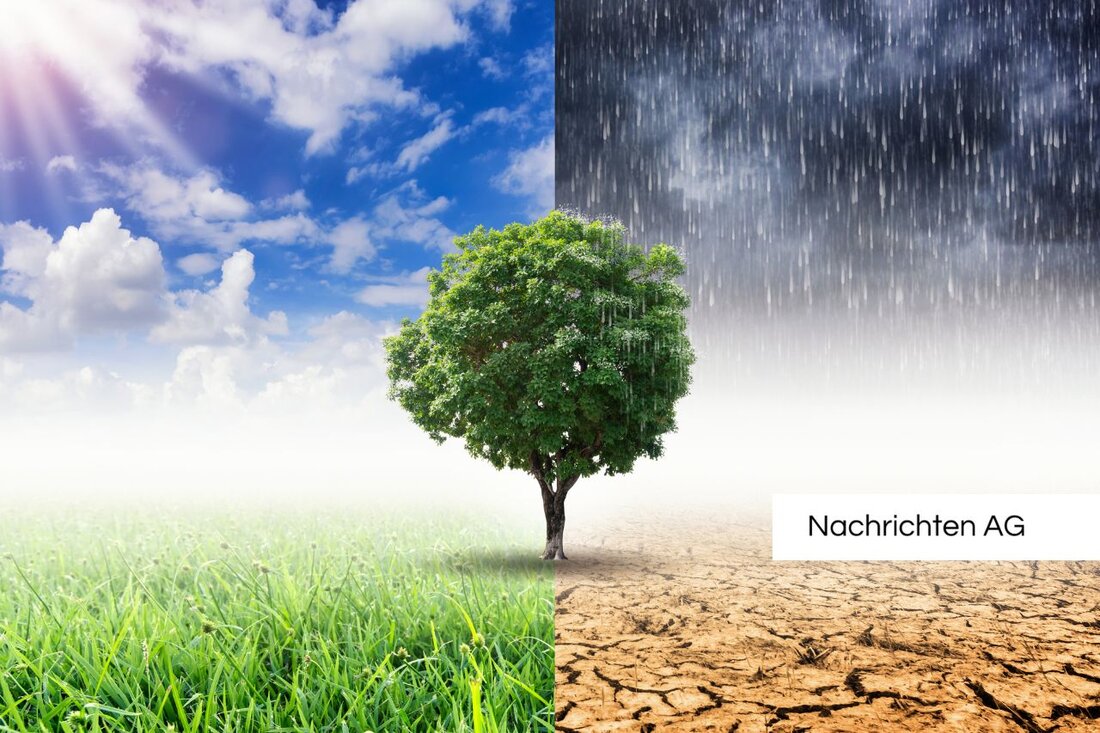Skiing fun without snow: Trochtelfingen relies on ski mats!
Trochtelfingen relies on ski mats at the Hennensteig ski lift as a climate-friendly winter sports alternative.

Skiing fun without snow: Trochtelfingen relies on ski mats!
In Trochtelfingen, where the Hennensteig ski lift is in full bloom, there is skiing - and all without the much-desired snow. Special ski mats have recently been used here, which were purchased by the local ski and snowboard club. Many children use bobsleighs to slide down the slope and at the same time prepare for the coming winter months. This innovative solution was made possible by funding from the Middle Alb Leader program.
Financing of 14,100 euros was promised in May and gives local ski courses planning security. Ski school director Lucas Hem is thinking about how cost-effective ski courses can continue to be offered. “With plastic ski mats that are temporarily laid out on a ski slope, we offer an attractive alternative to classic winter sports,” says Hem. The courses are planned to start in January and take place over two or three weekends.
Climate change and its effects
The ideas and initiatives in Trochtelfingen represent a necessity that arises in the context of climate change. Researchers emphasize that global warming is also having a massive impact on snow conditions in the Alps. According to a report by MeteoSwiss, the climate has warmed significantly in recent decades. In the D-A-CH countries there is an average temperature increase of 2.5 °C in Germany, 3.1 °C in Austria and 2.9 °C in Switzerland. In addition, the annual mean temperature is expected to rise by at least another 2 °C by the end of the century.
These changes bring significant challenges for winter sports. The natural snow cover is decreasing at lower and middle altitudes, up to around 1,500 meters. Technical snow production is becoming more and more complicated as the meteorological conditions change: fewer potential snowmaking times and an increased need for water and energy are just some of the problems that ski resort operators are currently trying to solve.
Prospects for winter sports
The findings about the effects of climate change on winter sports are not new. The expert forum “Klima.Sport.Schnee” published several position papers in 2019 and 2022 to define the necessary approaches. The latest publication not only focuses on winter sports, but also extends the consideration to mountain sports in the summer months.
Particularly noteworthy are the high fluctuations in winter precipitation. These often do not show clear trends, although climate scenarios predict an increase in winter precipitation in the Alpine region - but at the same time a decrease in snowfall is also expected, as precipitation often falls as rain. In view of these challenges, the experts recommend placing greater emphasis on sustainability and climate protection in sports tourism.
These new approaches, such as those implemented in Trochtelfingen, show that the innovative strength and adaptability of winter sports regions are in demand. The combination of solid funding and creative solutions could be the key to making winter sports attractive in the future.

 Suche
Suche
 Mein Konto
Mein Konto